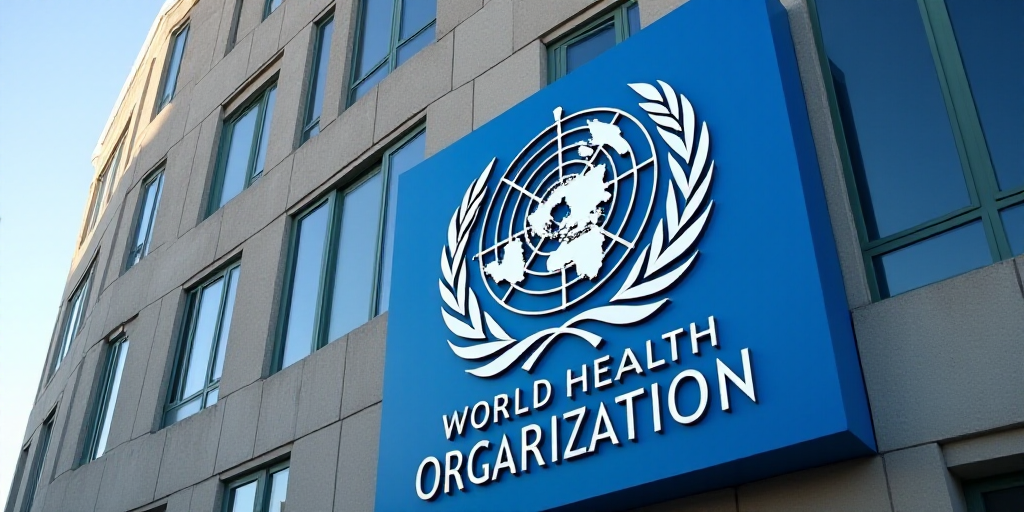Background on Monkeypox Situation and Relevance of Tedros Adhanom Ghebreyesus
Tedros Adhanom Ghebreyesus, the Director-General of the World Health Organization (WHO), has called for increased support in funding the WHO’s Global Monkeypox Strategy during a meeting of the Regional Standards Emergency Committee (RSEC) due to resource constraints and budget cuts.
Since early 2024, the WHO has reported over 37,000 confirmed Monkeypox cases across 25 countries, including 125 fatalities. Tedros Adhanom Ghebreyesus highlighted the challenges faced, including limited resources impacting surveillance and response activities, reduced funding for HIV programs hindering detection and control among vulnerable groups, and uneven risk communication capabilities.
Monkeypox Cases by Country
The Democratic Republic of the Congo accounts for 60% of confirmed cases and 40% of deaths, followed by Uganda, Burundi, and Sierra Leone, which has seen a rise in cases since the beginning of 2024. Additionally, the Democratic Republic of the Congo continues to report between 2,000 and 3,000 suspected cases weekly.
Since February’s RSEC meeting, seven new countries have reported their first Monkeypox outbreaks: Albania, Ethiopia, Malawi, North Macedonia, South Sudan, the United Republic of Tanzania, and Togo. The WHO remains active in all affected countries alongside the CDC for Africa and other partners under a shared continental response plan.
WHO’s Efforts and Achievements
The WHO has significantly expanded surveillance systems, supported laboratory and genomic sequencing capacity development, and trained over 500 community health workers in the Democratic Republic of the Congo to aid case detection, referral, risk communication, and community engagement.
Furthermore, prevention of infection, clinical care, and WASH (water, sanitation, and hygiene) capabilities have been strengthened in Monkeypox-affected countries. The WHO collaborates closely with the CDC for Africa, Gavi, CEPI, and UNICEF within the Monkeypox Access and Allocation Mechanism.
Vaccine Distribution
As of now, 1.9 million vaccine doses have been allocated to 13 countries, with 11 countries receiving doses. Japan and the United Arab Emirates have provided an additional 1.9 million doses bilaterally to affected countries. In total, there are 2.9 million doses on the ground, with 724,000 doses administered.
Key Questions and Answers
- What is the current Monkeypox situation? Since early 2024, there have been over 37,000 confirmed cases in 25 countries, including 125 deaths.
- Who is Tedros Adhanom Ghebreyesus, and why is he relevant? Tedros Adhanom Ghebreyesus is the Director-General of the World Health Organization (WHO). He has been vocal about the need for increased funding to support the WHO’s Global Monkeypox Strategy due to resource constraints and budget cuts.
- Which countries are most affected by Monkeypox? The Democratic Republic of the Congo accounts for 60% of confirmed cases and 40% of deaths, followed by Uganda, Burundi, and Sierra Leone.
- What efforts has the WHO undertaken to combat Monkeypox? The WHO has expanded surveillance systems, supported laboratory and genomic sequencing capacity development, trained community health workers, and strengthened prevention of infection, clinical care, and WASH capabilities in affected countries.
- How many vaccine doses have been distributed, and how many have been administered? A total of 2.9 million vaccine doses have been distributed, with 724,000 doses administered across 13 countries.






